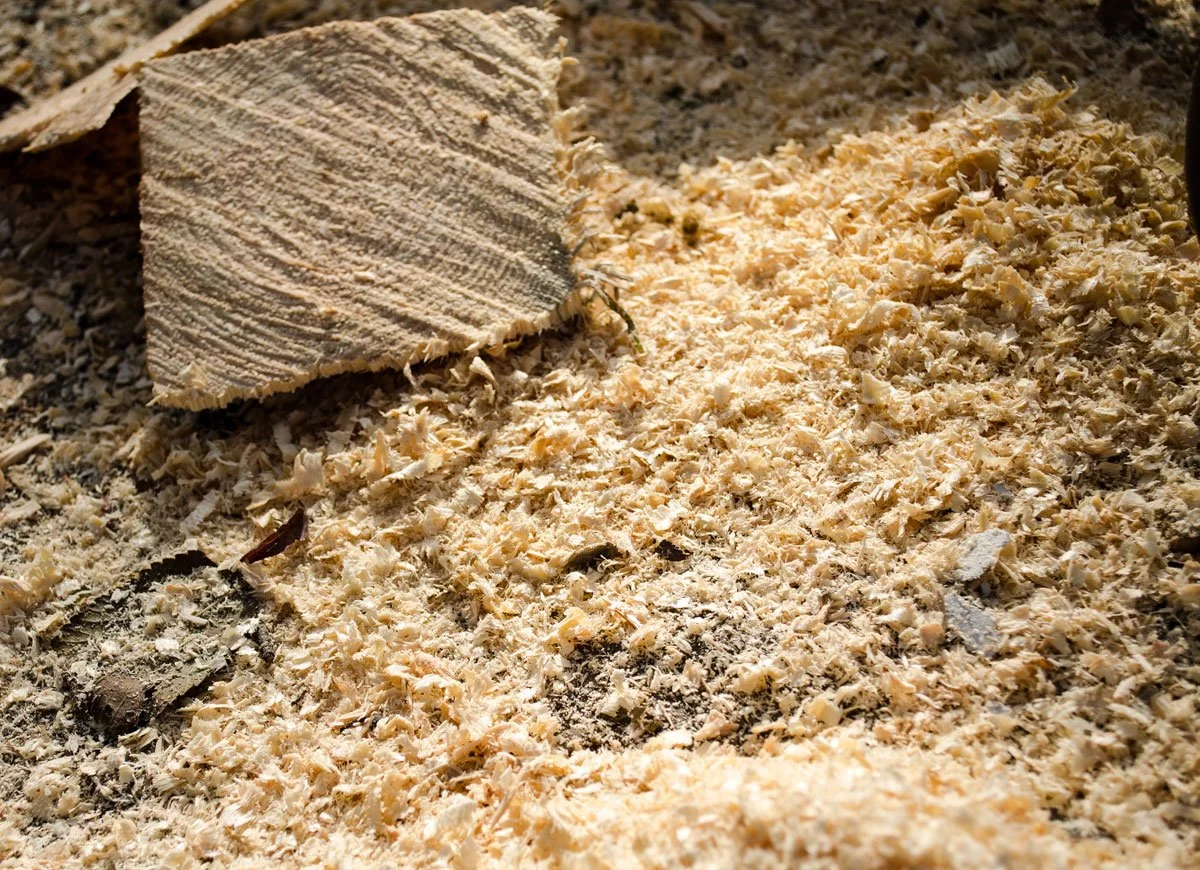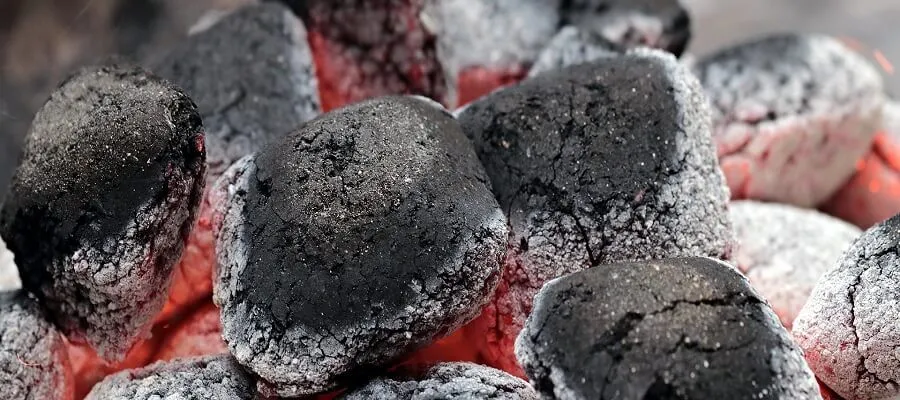Wood, a versatile and abundant natural resource, has been utilized by humanity for countless purposes throughout history. From building materials to fuel, the potential of wood is immense. In recent times, there has been a growing interest in converting wood into various forms for practical and creative applications. This post explores the techniques for wood to charcoal machine, unveiling the transformative journey from raw timber to refined products, and highlighting the wonder that arises from harnessing the potential within the wood.

I. The Art of Sawing: Unlocking the Potential of Raw Timber
The first and fundamental step in wood conversion is sawing. This ancient technique involves cutting raw timber into manageable pieces, setting the stage for further processing. Various sawing methods, including plain sawing, quarter sawing, and rift sawing, influence the appearance and properties of the resulting wood. The art of sawing is crucial in determining the grain pattern, stability, and overall quality of the wood, making it an essential skill in the wood conversion process.
II. Planing and Surfacing: Smoothing Out the Rough Edges
Once sawn, wood often requires planing and surfacing to achieve a smooth and even finish. Planing involves shaving thin layers off the wood’s surface, while surfacing focuses on creating a uniform thickness. These techniques not only enhance the aesthetic appeal of the wood but also prepare it for subsequent processes like joinery, finishing, or further shaping. Planing and surfacing are key steps in transforming rough-cut timber into refined, workable material.
III. Joinery: Crafting Wood Connections with Precision
Joinery is a technique that involves creating connections between wood pieces. Whether it’s a classic dovetail joint, a mortise and tenon, or a modern pocket screw joint, the art of joinery adds strength, durability, and aesthetic appeal to wood products. Joinery techniques are crucial in woodworking, influencing the structural integrity of furniture, cabinets, and other wooden constructions. The precision and craftsmanship involved in joinery elevate wood conversion into an art form, showcasing the wonder of seamlessly integrated wooden components. Many recyclers use biochar maker for sale.
IV. Shaping and Turning: Sculpting Wood into Artistic Forms
Shaping and turning take wood conversion beyond functionality into the realm of artistry. Woodworkers use lathes and other tools to transform raw wood into elegantly turned objects. Whether it’s a intricately carved bowl, a finely shaped spindle, or a decorative finial, shaping and turning highlight the natural beauty of wood grains and textures. This aspect of wood conversion allows artisans to unleash their creativity, turning simple timber into objects of wonder.
V. Carving and Sculpting: Expressing Creativity through Wood
Carving and sculpting involve removing material from wood to create intricate designs, patterns, or figurative forms. This technique transcends the utilitarian aspects of wood conversion, allowing artisans to express creativity and craftsmanship. From delicate filigree to bold relief carvings, the transformative power of carving turns wood into a medium for artistic expression, showcasing the wonder of nature in every detail.
VI. Wood Bending: Crafting Curves and Elegance
Wood bending is a fascinating technique that involves manipulating wood fibers to create curved or rounded shapes. Steam bending, laminating, and kerf bending are common methods employed to achieve graceful curves in wood. This technique adds versatility to wood conversion, enabling the creation of curved furniture pieces, decorative elements, and architectural details. Wood bending showcases the flexibility and adaptability of wood as a material, turning it into a wonder of design possibilities.
VII. Laminating: Bonding Layers for Strength and Stability
Laminating is a technique that involves bonding multiple layers of wood to create a composite material with enhanced strength, stability, and visual appeal. This method is often used in the production of engineered wood products, such as plywood and laminated veneer lumber. Laminating not only maximizes the use of raw materials but also provides an opportunity to combine different wood species for unique aesthetic effects. The wonder of laminating lies in its ability to create wood products that surpass the limitations of solid wood in certain applications.

Burning Charcoal Briquettes
VIII. Finishing: Enhancing Beauty and Protection
Finishing is the final touch in the wood conversion process, and it serves multiple purposes. Whether it’s applying stains to enhance the wood’s natural color, adding varnish for protection, or using specialized techniques like distressing for a vintage look, finishing brings out the full potential of wood. This step not only enhances the aesthetic appeal of the wood but also protects it from environmental factors, ensuring longevity and durability. The art of finishing transforms wood into a wonder of visual richness and resilience.
IX. Wood Preservation: Ensuring Longevity and Sustainability
Preserving wood is a crucial aspect of wood conversion, especially when considering outdoor applications or structures exposed to moisture. Techniques such as pressure treatment, chemical treatments, and natural oil finishes help protect wood from decay, insects, and other forms of deterioration. Wood preservation ensures the longevity of products, making them not only functional but also sustainable, as the need for replacements is reduced. View this detailed process: https://www.bestongroup.com/wood-charcoal-making-machine/how-to-make-charcoal-from-wood/.
X. Dyeing and Coloring: Infusing Wood with Vibrancy
Dyeing and coloring allow woodworkers to add a burst of color to their creations. From vibrant stains that highlight natural wood grains to bold, opaque colors that transform wood into a canvas for artistic expression, dyeing and coloring techniques bring life and personality to wooden objects. This aspect of wood conversion adds a layer of wonder by showcasing the versatility of wood as a medium for expressing a spectrum of hues and tones.
XI. Wood Pyrography: The Art of Wood Burning
Pyrography, or wood burning, is a technique that involves using heated tools to create burn marks on wood surfaces. This ancient art form allows for the creation of intricate designs, patterns, and even detailed images. Wood pyrography transforms plain wood into a canvas for artistic expression, showcasing the wonder of intricate and detailed craftsmanship.
XII. Reclaimed Wood: Rescuing History and Character
The use of reclaimed wood in wood conversion has gained popularity for both environmental and aesthetic reasons. Salvaging wood from old buildings, barns, or other structures not only reduces the demand for new timber but also brings history and character to new creations. The wonder of working with reclaimed wood lies in the stories it carries, the patina it develops over time, and the unique character it imparts to each piece.
XIII. Wood Recycling: Sustainability in Wood Conversion
Wood recycling is a sustainable approach to wood conversion that involves repurposing used wood products into new materials. From pallets to old furniture, wood recycling minimizes waste and maximizes the use of this renewable resource. This technique showcases the wonder of sustainability, turning discarded wood into new and useful products while reducing the environmental impact of wood production.
XIV. CNC Machining: Precision and Reproducibility
In the realm of modern wood conversion, CNC (computer numerical control) machining has revolutionized the way wood is shaped and carved. CNC routers and mills allow for precise and reproducible cuts, engravings, and carvings, opening up new possibilities for intricate and complex designs. This technology showcases the wonder of precision in wood conversion, enabling the creation of highly detailed and customized wood products.
XV. Hybrid Materials: Wood in Combination with Other Elements
Wood conversion doesn’t always involve wood alone. Hybrid materials, such as wood and metal, wood and glass, or wood and concrete, showcase the versatility of wood when combined with other elements. These combinations result in unique and innovative products that blend the warmth of wood with the strength and functionality of other materials. Hybrid materials demonstrate the wonder of synergy, where the sum is greater than its parts.
XVI. DIY Wood Conversion Projects: Unleashing Your Creativity
Embarking on DIY wood conversion projects allows individuals to experience the wonder of transforming wood with their own hands. From simple furniture pieces to intricate crafts, the DIY approach to wood conversion fosters a sense of accomplishment and connection with the material. Engaging in DIY projects also provides a deeper appreciation for the skills and techniques involved in the art of wood conversion. Contact us for more details: https://www.bestongroup.com/pt/.
XVII. Future Trends in Wood Conversion: Embracing Innovation
As technology continues to advance, the future of wood conversion holds exciting possibilities. From the exploration of new materials and advanced machining techniques to the integration of digital design and fabrication, the wood industry is on the cusp of transformative innovations. Embracing these trends will not only push the boundaries of what is possible in wood conversion but also open up new avenues for sustainable and creative practices.
Conclusion: The Ever-Evolving Wonder of Wood Conversion
In conclusion, the wonder of wood conversion lies in its ability to transform a humble natural material into a myriad of functional, artistic, and sustainable creations. From ancient techniques like sawing and carving to modern innovations like CNC machining, the journey of wood conversion continues to evolve. Whether it’s the preservation of tradition, the pursuit of sustainability, or the exploration of artistic expression, wood conversion remains a dynamic and ever-evolving process that showcases the endless possibilities inherent in this remarkable natural resource. As we continue to unlock the potential of wood, the wonder of its conversion persists, promising a future where creativity, craftsmanship, and sustainability converge in harmony.